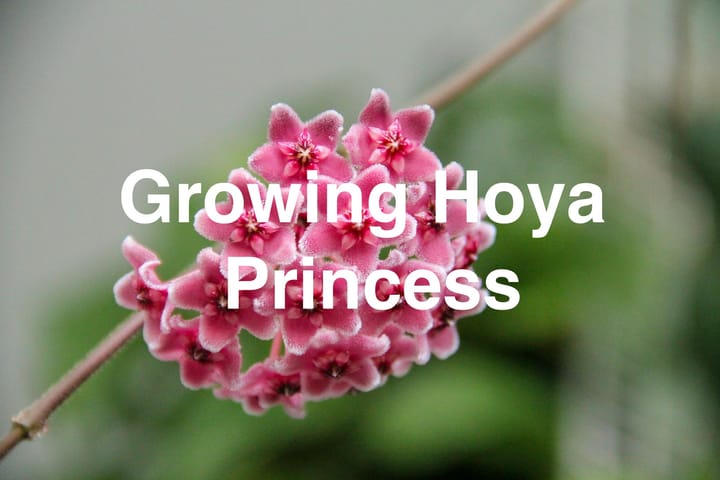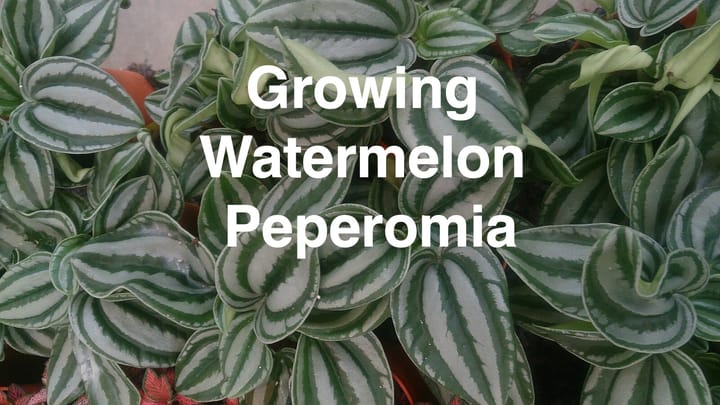How to Grow Pothos
Pothos, also known as Epipremnum aureum, is a popular houseplant known for its hardiness and low maintenance requirements.

Table of Contents
In this article, you'll learn how to grow pothos plants successfully, from cutting to caring for an established plant.
We'll share essential information on light, water, fertilizer requirements, and propagation techniques to create lush, beautiful pothos plants in your indoor environment.
About Pothos
Pothos, known as Epipremnum aureum or Devil's Ivy, is a popular houseplant with attractive, heart-shaped leaves.
This tropical vine is known for its variegated foliage, which comes in shades of green, white, yellow, and even neon.
The plant is native to tropical regions and can be found climbing trees and serving as ground cover in its natural habitat.
As an indoor plant, it is prized for its ability to thrive in low light conditions and indirect light, making it perfect for decorating your home or office.
There are several cultivars of Pothos, each with its unique leaf variegation, such as Golden, Marble Queen, Jade, Pearls and Jade, and the vibrant Neon Pothos.
Growing Pothos
To grow healthy pothos plants, choose well-draining potting soil containing peat moss, perlite, and vermiculite.
Fill your selected pot, which should have drainage holes, with this potting mix, leaving space for your plant's root ball.
Pothos can grow in various types of pots, such as plastic, ceramic, metal, and terra cotta, as long as they provide proper drainage.
Pothos can be grown indoors and outdoors but thrive best in bright, indirect sunlight.
If you're planting your Pothos outdoors, know its ideal environment is in USDA Hardiness Zones 10 through 12.
When repotting, choose a pot no more than two inches wider and deeper than the plant's root ball to ensure it continues to thrive.

Caring for Pothos Plant
Sun and Temperature
Pothos plants can tolerate various light conditions but prefer indirect light. Keep the plant away from direct sunlight, which may damage the leaves.
Maintain a temperature between 60-90°F (16-32°C) for the best growth conditions.
Water and Humidity
Water your Pothos when the top one to two inches of soil dry. Be careful not to overwater, as it can lead to root rot.
Pothos plants do well in various humidity levels but appreciate higher humidity if possible.
Soil
A well-draining potting soil mix works best for Pothos.
Try a mixture of equal parts peat moss, perlite, and potting soil to ensure good drainage and adequate nutrient retention.
Fertilizer
Fertilize your Pothos with a balanced, water-soluble fertilizer every two to three months during the growing season.
Dilute the fertilizer to half-strength to avoid overwhelming the plant and causing damage to the roots.
Repotting
Repot your pothos plant every two years or when its roots outgrow the current container.
Gently remove the plant from the pot, tease out the roots, and place it in a new container one size larger, filled with fresh potting soil.
Pruning and Propagation
Prune your pothos plant to maintain its shape and encourage bushiness.
To propagate, take stem cuttings with several healthy leaves and place them in water or soil to develop roots.
Once roots appear, transplant the cuttings into a new pot to spread the pothos plant.
Troubleshooting Plant Problems
Growing Problems
If your Pothos has yellowing leaves, it might be due to overwatering, as this is a common cause of this issue.
To prevent overwatering, let the soil dry out slightly before watering again.
Another issue could be improper temperature, as these plants thrive between 60°F (15°C) and 85°F (29°C).
Ensure your Pothos is not exposed to drafts or drastic temperature fluctuations.
Pothos may not grow well in low light conditions, so provide adequate light for optimal growth.
Use a well-draining mix for soil, as waterlogged soil can harm the plant.
Fertilize your Pothos with a balanced houseplant fertilizer during its active growing season to support growth.
Pests and Diseases
Pothos plants can face issues with pests like mealybugs.
To tackle these insects, use a cotton swab dipped in rubbing alcohol and gently remove them from the plant.
Regularly inspect your Pothos for any other pests or signs of disease, as early detection is key to preventing further damage.
Root rot may occur due to overwatering or poorly draining soil.
If you suspect root rot, remove the plant from the pot, trim damaged roots, and repot using fresh soil.
Additionally, avoiding overwatering and ensuring proper soil drainage should help prevent future occurrences of root rot.
Companion Planting
When selecting companion plants for Pothos, look for plants with similar care requirements, such as low light and moderate water needs.
Some compatible plant choices include snake plants, spider plants, or ZZ plants.
These plants can create visually appealing arrangements that thrive in similar conditions to your Pothos.
Conclusion
Growing Pothos is perfect if you are looking for easy-to-grow and low-maintenance houseplants.
With proper care, such as providing indirect light and maintaining a suitable environment, Pothos can be an attractive addition to your living space in hanging baskets or climbing a trellis.
Caring for golden Pothos involves giving it the right balance of moisture, temperature, and light conditions, as it prefers temperatures between 70-90 ºF (21-32ºC) and a pH level of 6.0-6.5 in the soil.
Regularly prune and maintain your pothos plant to enjoy its full potential and achieve a stunning hanging basket or a beautiful display at your desired height.
Frequently Asked Questions
What type of soil is best for pothos growth?
Pothos plants thrive in well-drained, slightly acidic soil with a pH between 6.1 and 6.5.
Choose a mix of peat moss, perlite, or vermiculite to provide proper drainage and aeration for the roots.
How often should I water pothos plants?
Water your pothos plant when the top inch of soil feels dry.
Be careful not to overwater, as doing so may result in root rot or yellowing leaves.
How can I properly care for Pothos outdoors?
When growing Pothos outdoors, ensure they receive partial to full shade, as direct sunlight may scorch the leaves.
Also, maintain proper watering and provide extra protection from extreme temperatures by moving the plant to a sheltered location.
What are the different types of pothos plants?
Several types of pothos plants, including Golden Pothos, Marble Queen Pothos, Neon Pothos, and Jessenia Pothos, each exhibiting unique leaf patterns and colors.
Experiment with different varieties to find the ones best suit your aesthetic and environmental preferences.
How do I prune a pothos plant?
Pruning will keep your pothos plant healthy and bushy.
To prune, use clean scissors or shears to cut just above a leaf node, ensuring healthy growth.
Regular pruning helps control the size and shape of the plant, as well as stimulating new growth.
Do pothos plants thrive better in water or soil?
Pothos plants can grow well in both water and soil.
While they typically grow in soil, propagating and maintaining pothos cuttings in water is also a viable option.
However, planting them in well-draining soil for long-term growth and overall health is generally recommended.


